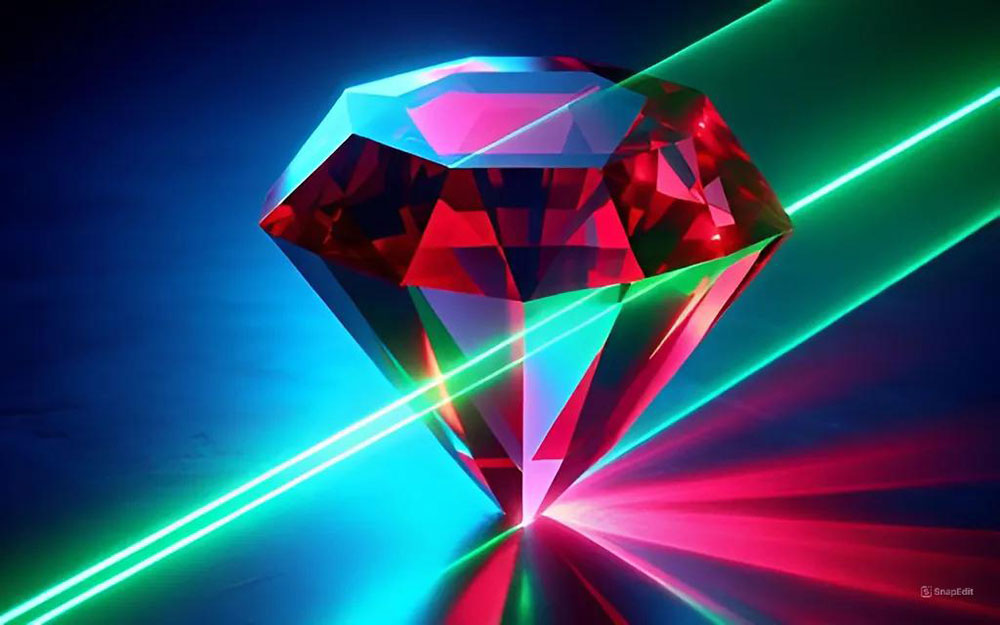uOttawa Physicists Make Laser Cast a Shadow
In a recent study, researchers from the University of Ottawa have demonstrated a remarkable new phenomenon: a laser beam casting a visible shadow
November 19, 2024
Editor’s note: The following press release was originally issued by the University of Ottawa. Raphael Akel Abrahao, a postdoc in the Physics Department at the U.S. Department of Energy’s Brookhaven National Laboratory, is the first author of the scientific paper. He was a postdoc at the University of Ottawa at the time this research was conducted. For more information on Brookhaven’s role in this research, contact Stephanie Kossman (skossman@bnl.gov, 631-344-8671).
Led by Jeff Lundeen, Associate Professor in the Department of Physics at uOttawa, in collaboration with the Boyd Research Group, this discovery marks the first time such an effect has been observed and challenges our understanding of how light interacts with itself.
Typically, photons - light particles - pass through each other without interacting. However, this experiment revealed an effect in which the shadow of a laser beam shows the same behavior of shadows cast by solid objects.
"We've shown that under certain conditions, light can actually block other light, creating a shadow," explains Professor Lundeen. "This opens up exciting new possibilities for controlling and manipulating light in ways we never thought possible before."
The team's experimental setup involved shining a green laser beam through a ruby crystal while illuminating it from the side with blue light. This arrangement created a shadow on a surface, visible to the naked eye. The effect occurs due to a phenomenon called reverse saturation of absorption in the ruby crystal, which allows the green laser to block the passage of blue light, resulting in a dark region that follows the contours of the laser beam.
"What's particularly fascinating is how closely this laser shadow behaves like a traditional shadow," says Prof. Lundeen. "It follows the shape of the 'object' - in this case, our laser beam - and even conforms to the contours of surfaces it falls on, just like the shadow of a tree branch would."
The researchers developed a theoretical model to predict the shadow's contrast, which closely matched their experimental data. They found that the shadow's darkness increased proportionally with the power of the green laser beam, reaching a maximum contrast of 22% - comparable to a typical shadow on a sunny day.
“We've shown that under certain conditions, light can actually block other light, creating a shadow”
— Jeff Lundeen, Associate Professor in the Department of Physics at uOttawa
This discovery expands our understanding of light-matter interactions and holds potential for practical applications. "We're excited about the possibilities this opens up in fields like optical switching, fabrication, and imaging technologies," Prof. Lundeen adds.
The study underscores the importance of fundamental research in reshaping our understanding of the physical world. As scientists continue exploring this phenomenon's implications, it may lead to new advancements in photonics, non-linear optics, and other light-based technologies.
The full study, titled "Shadow of a laser beam," is available in the journal Optica.
2024-22186 | INT/EXT | Newsroom











